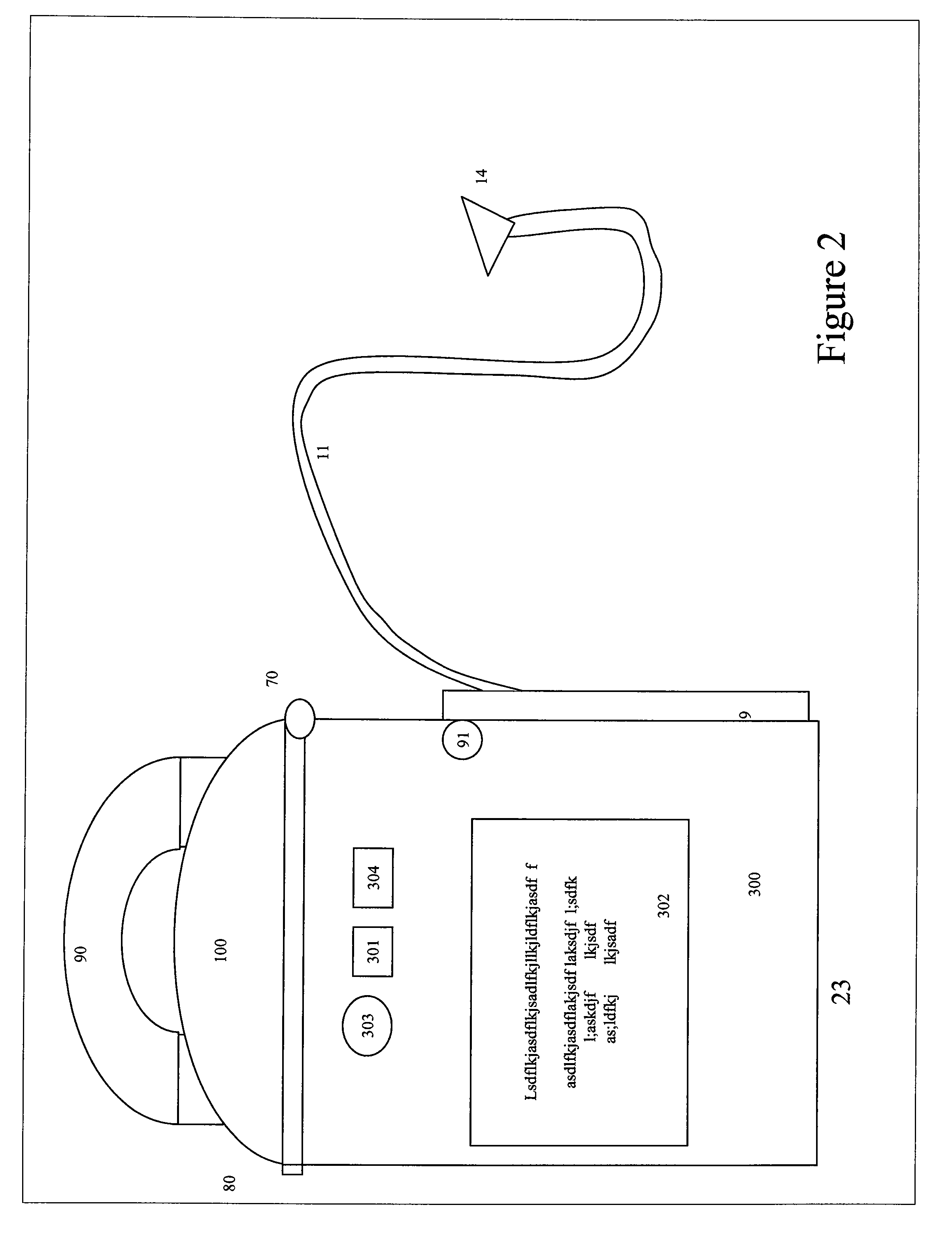Combination Wound Therapy
a wound therapy and combination technology, applied in the field of wound treatment, can solve the problems of stalled wound healing, contamination of wounds with debris or bacteria, and non-healing wounds, and achieve the effect of improving wound healing
- Summary
- Abstract
- Description
- Claims
- Application Information
AI Technical Summary
Benefits of technology
Problems solved by technology
Method used
Image
Examples
Embodiment Construction
[0068]Unless defined otherwise, all technical and scientific terms used herein have the same meaning as commonly understood to one of ordinary skill in the art to which this invention pertains. Otherwise, certain terms used herein have the meanings as set in the specification. All patents, published patent applications and publications cited herein are incorporated by reference as if set forth fully herein. It must be noted that as used herein and in the appended claims, the singular forms “a,”“an,” and “the” include plural reference unless the context clearly dictates otherwise.
[0069]As used herein, the term “subject” refers to an animal, preferably a mammal, who / which has been the object of treatment, observation or experiment. Examples of a subject can be a human, a livestock animal (beef and dairy cattle, sheep, poultry, swine, etc.), or a companion animal (dog, cat, horse, etc).
[0070]The present invention relates to devices and methods for improved wound healing, which combines...
PUM
 Login to View More
Login to View More Abstract
Description
Claims
Application Information
 Login to View More
Login to View More - R&D
- Intellectual Property
- Life Sciences
- Materials
- Tech Scout
- Unparalleled Data Quality
- Higher Quality Content
- 60% Fewer Hallucinations
Browse by: Latest US Patents, China's latest patents, Technical Efficacy Thesaurus, Application Domain, Technology Topic, Popular Technical Reports.
© 2025 PatSnap. All rights reserved.Legal|Privacy policy|Modern Slavery Act Transparency Statement|Sitemap|About US| Contact US: help@patsnap.com



